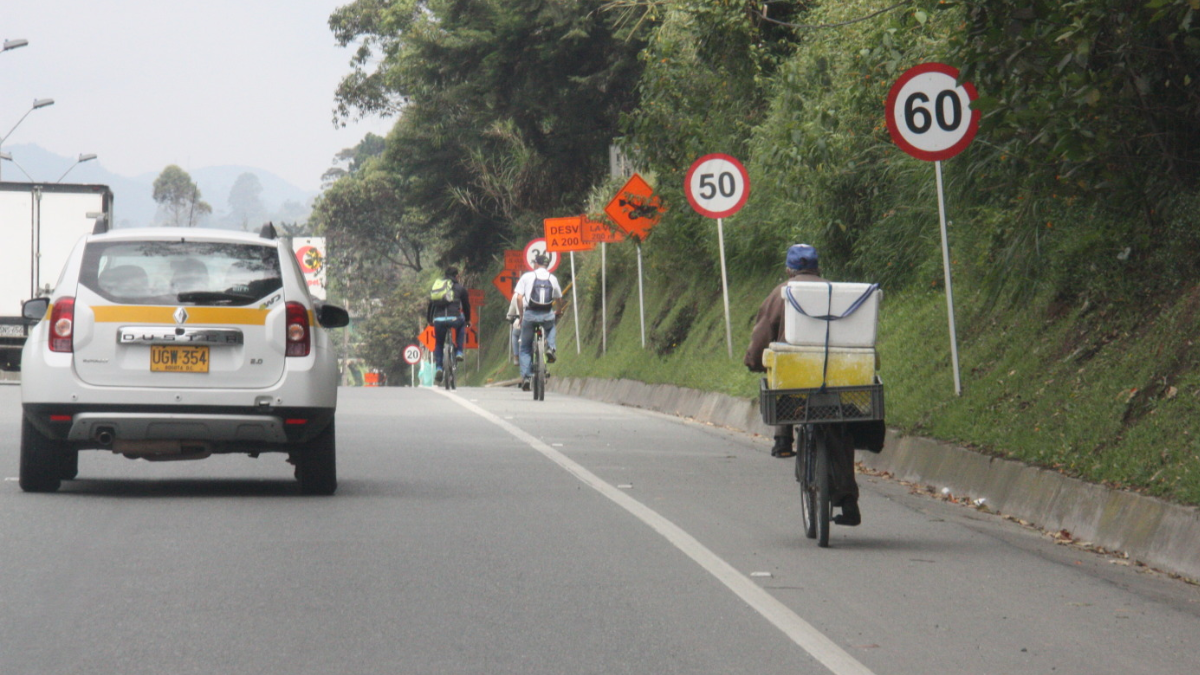This article is part of the folder : Réalisations du Centre d'études et Conception de Prototypes d'Angers
See the 8 news related to this folder
In preparation for the assignment, INVIAS, the Colombian National Roads Institute, selected three regions with high accident rates, located around Medellin, and in Puerto Aziz in Popayan. A number of blackspots, urban area thoroughfares, and critical stretches were identified in these areas.
Cerema methodology
For each accident-causing location, a field visit was carried out with the local highways manager, accompanied by an infrastructure safety inspection using the Isri’Cam tool (an on-board camera linked to a computer to facilitate analysis while driving). The aim was to provide Colombian authorities with potential improvements (listed in the summary report), as well as to compile the specifications and eligibility criteria for the call for projects.
Primary observations
Colombian standards and technical guides are often obtained from the USA, with a focus on fluid traffic at high speed, rather than safer fluidity at a more moderate speed. With no strict enforcement of behaviour, there are very few restrictions imposed by traffic calming measures, and very little signage encouraging drivers to slow down. At the time of writing, the legal framework encourages prudence on the part of engineers, who often limit their work to that which is explicitly stated in the guidelines.
One of the first recommendations, therefore, is to expand the theory using accident analysis carried out in France, which shows that some accident-causing behaviours can be prevented through restrictions: traffic calming measures in front of schools and within urban areas, longer motorway slip roads, restraint systems. The call for projects could enable Colombia to trial these measures, which have already been proven in other countries.
Other recommendations have also been made, still based on international experience: placing a greater focus on fatal accidents and injured road users, rather than damage to equipment; using a 5-year reference period, rather than one year; study blackspots and high-risk stretches as a priority.
Lastly, Colombia would benefit from the use of radar traps to study actual driver behaviour on the road network, without any police intervention, and to formulate multi-year plans for measuring road surface adhesion. A number of Cerema publications, technical specifications, and guides were given to the ANSV to inform them of these different measures, many of them translated into Spanish.
A pilot study that applied Cerema methodology to an urban area thoroughfare was conducted and presented to the road safety agency, and training sessions were help for those in charge of the pequinas grandes obras call for projects. https://ansv.gov.co/Detalle/93/comienzan-las-pequenas-grandes-obras-de-la-agencia-nacional-de-seguridad-vial/
Download the final report
In the folder : Réalisations du Centre d'études et Conception de Prototypes d'Angers

